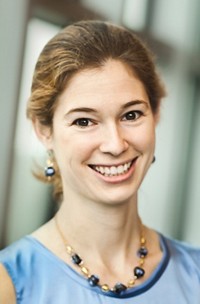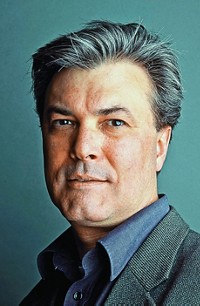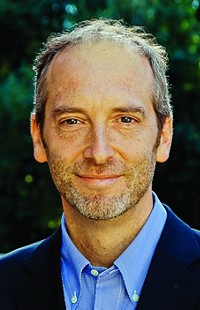Advertisement
Grab your lab coat. Let's get started
Welcome!
Welcome!
Create an account below to get 6 C&EN articles per month, receive newsletters and more - all free.
It seems this is your first time logging in online. Please enter the following information to continue.
As an ACS member you automatically get access to this site. All we need is few more details to create your reading experience.
Not you? Sign in with a different account.
Not you? Sign in with a different account.
ERROR 1
ERROR 1
ERROR 2
ERROR 2
ERROR 2
ERROR 2
ERROR 2
Password and Confirm password must match.
If you have an ACS member number, please enter it here so we can link this account to your membership. (optional)
ERROR 2
ACS values your privacy. By submitting your information, you are gaining access to C&EN and subscribing to our weekly newsletter. We use the information you provide to make your reading experience better, and we will never sell your data to third party members.
Synthesis
Arthur C. Cope Scholar Award: M. Christina White
Recipients are honored for contributions of major significance to chemistry
by Stu Borman
February 22, 2010
| A version of this story appeared in
Volume 88, Issue 8
M . Christina White “is an outstanding young scientist with an impressive set of accomplishments and a brilliant future. She has already defined a new area of organic methodology as her own. Indeed, her work in catalytic oxidation chemistry has begun to change the way organic chemists think about constructing molecules.”
That’s how Harvard University chemistry professor Eric N. Jacobsen describes White, an associate professor of chemistry at the University of Illinois, Urbana-Champaign (UIUC), who leads a team that focuses on the discovery of catalysts for the selective functionalization of alkanes and alkenes. Her group has a number of outstanding research achievements under its belt.
In 2007, White and coworkers developed a catalyst that oxidizes unreactive aliphatic C–H bonds without the need for directing or activating groups. The iron-based catalyst enables tertiary C–H bonds to be oxidized site-selectively, on the basis of small differences in their electronic and steric properties. The researchers defined a series of selectivity rules that are highly predictive of the way such properties influence the outcome of oxidation. They used the reaction to oxidize the antimalarial natural product (+)-artemisinin primarily at only one of its five tertiary C–H bonds. Jacobsen notes that the reaction will likely have a lasting influence on “the way in which complex molecules and pharmaceuticals are synthesized in the laboratory.”
The group also developed palladium sulfoxide catalysts to effect highly selective allylic C–H functionalization reactions, such as esterifications, aminations, and alkylations. Notably, these systems enabled the first general catalytic reactions for transforming allylic C–H bonds to C–N and C–C bonds, skipping an oxygenation step formerly needed. One of the new catalysts has been commercialized.
These C–H oxidation reactions stand out because they are efficient (use only one equivalent of substrate), generate predictable products, and have high selectivity in densely functionalized settings. Using these methods, the group has pioneered the strategy of late-stage oxidation to streamline syntheses by eliminating the need to protect and manipulate reactive oxygen groups throughout a sequence. They recently updated classic syntheses of a precursor to the antibiotic erythromycin by using a late-stage C–H oxidative macrolactonization reaction. Paul A. Wender of Stanford University commented in C&EN that the work “provides new ways to think about bond construction and thereby new and more step-economical ways of achieving practical supply-impacting syntheses” (C&EN, Sept. 7, 2009, page 12).
White, 38, earned a B.A. in biochemistry from Smith College and a Ph.D. in organic chemistry with Gary Posner at Johns Hopkins University. She was an NIH postdoctoral fellow in Jacobsen’s group at Harvard University. She joined Harvard’s faculty in 2002 and moved to UIUC in 2005. Previous honors include a Sloan Research Fellowship, a National Science Foundation Career Award, a Camille Dreyfus Teacher-Scholar Award, a Bristol-Myers Squibb Freedom To Discover grant, and a Pfizer Creativity in Organic Chemistry Award.
White’s work “promises to help define new directions in synthetic chemistry for years to come,” Jacobsen says. “In short, she is one of the brightest young stars in the chemistry community.”






Join the conversation
Contact the reporter
Submit a Letter to the Editor for publication
Engage with us on Twitter